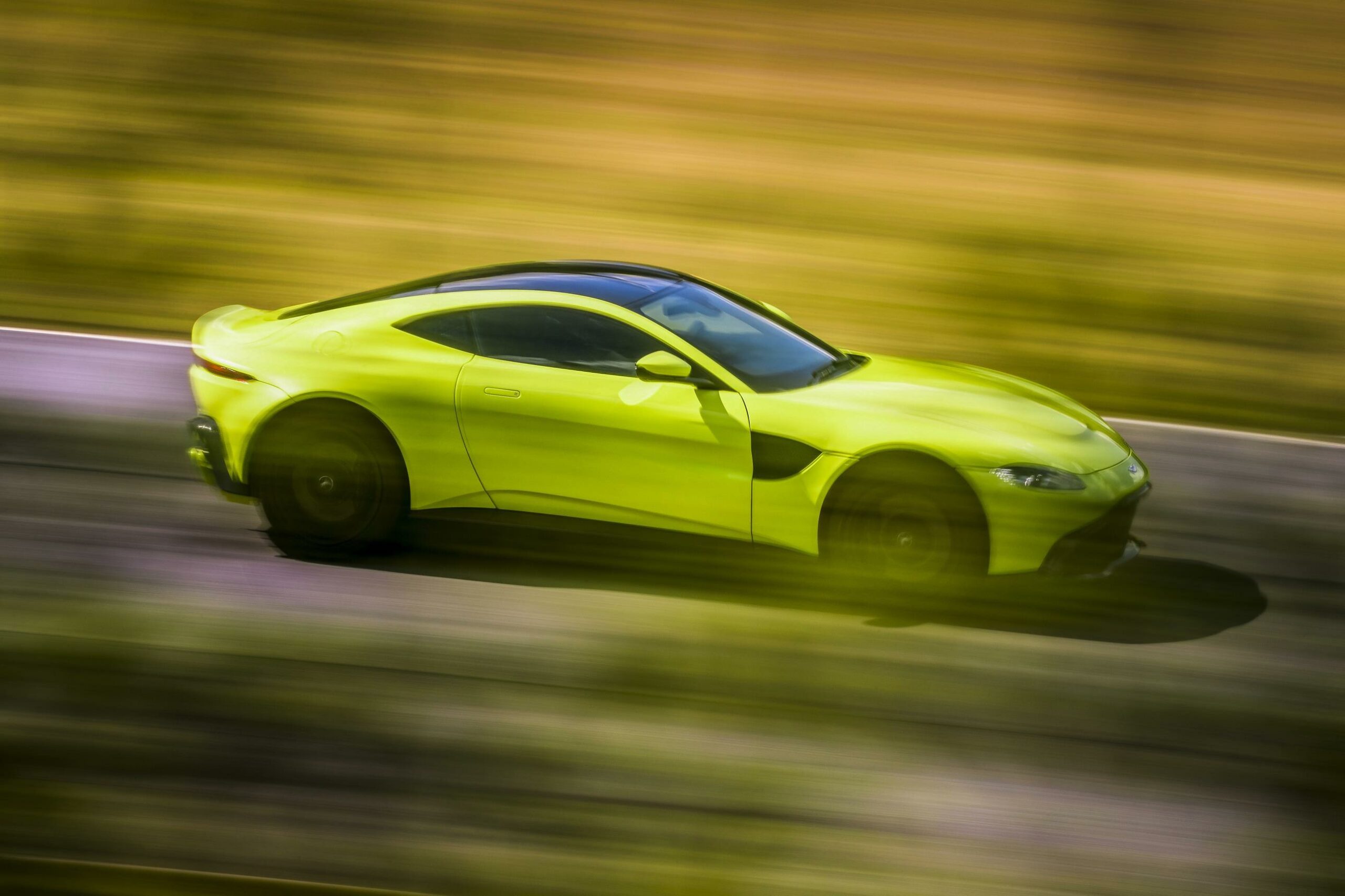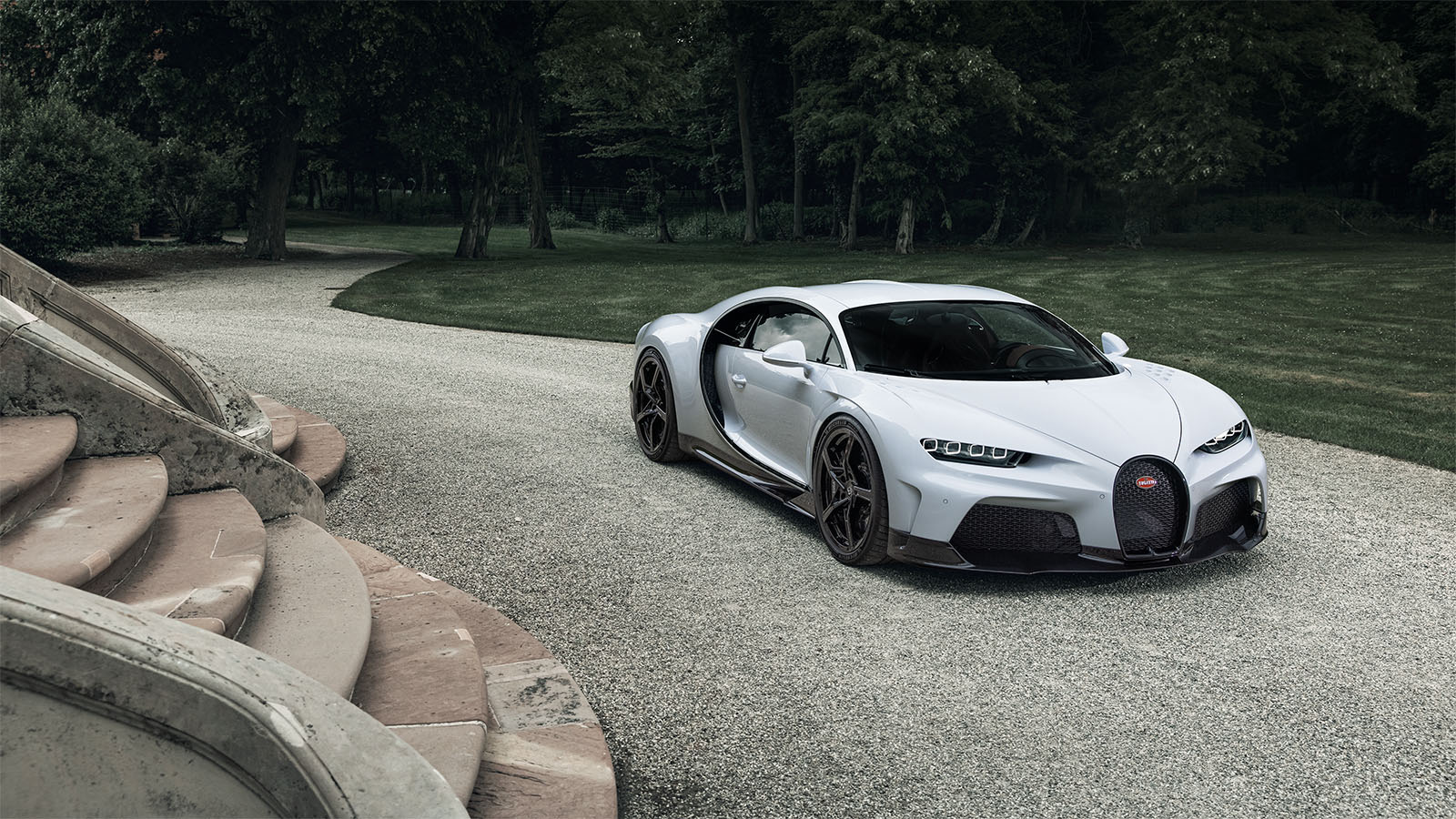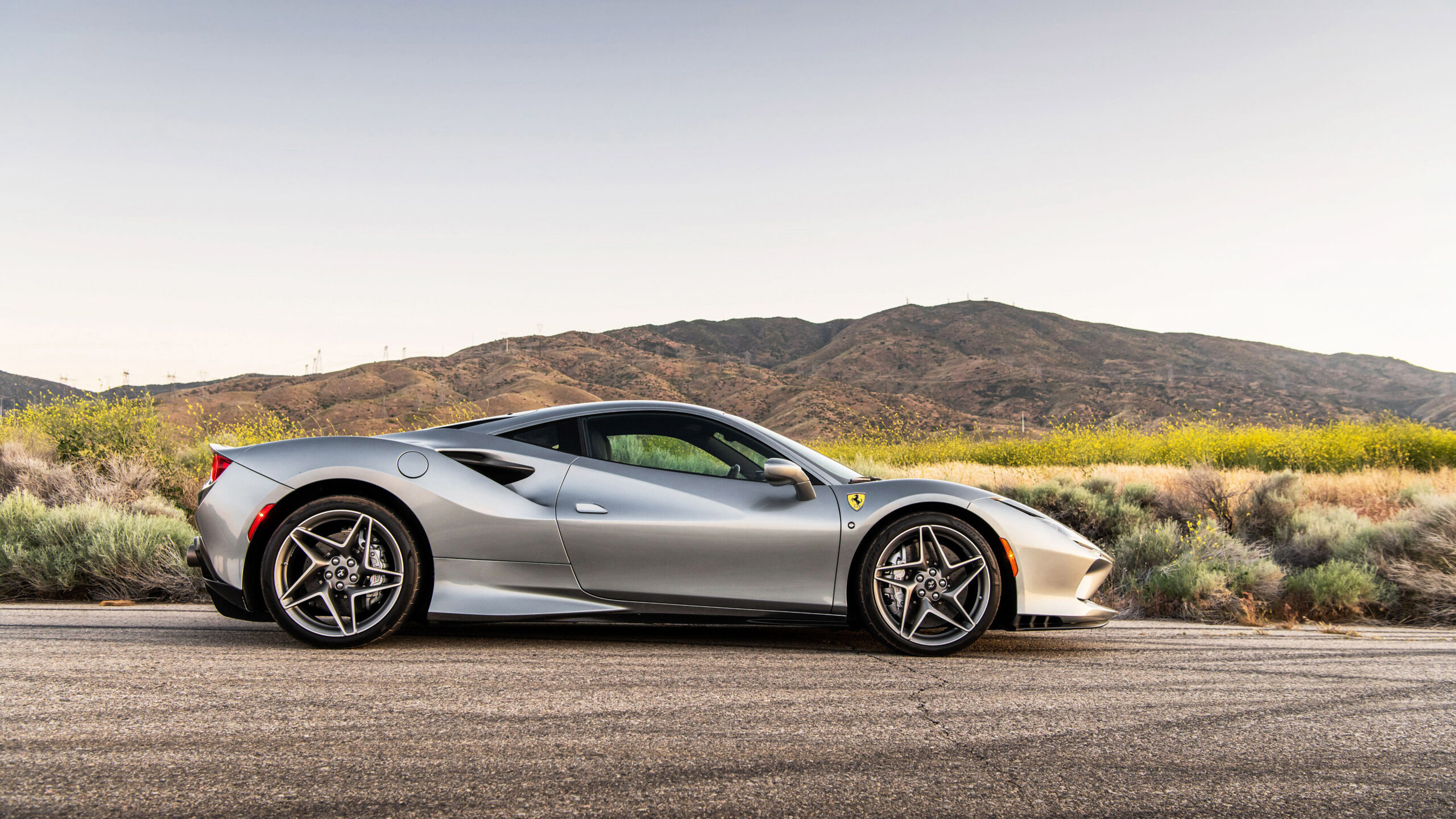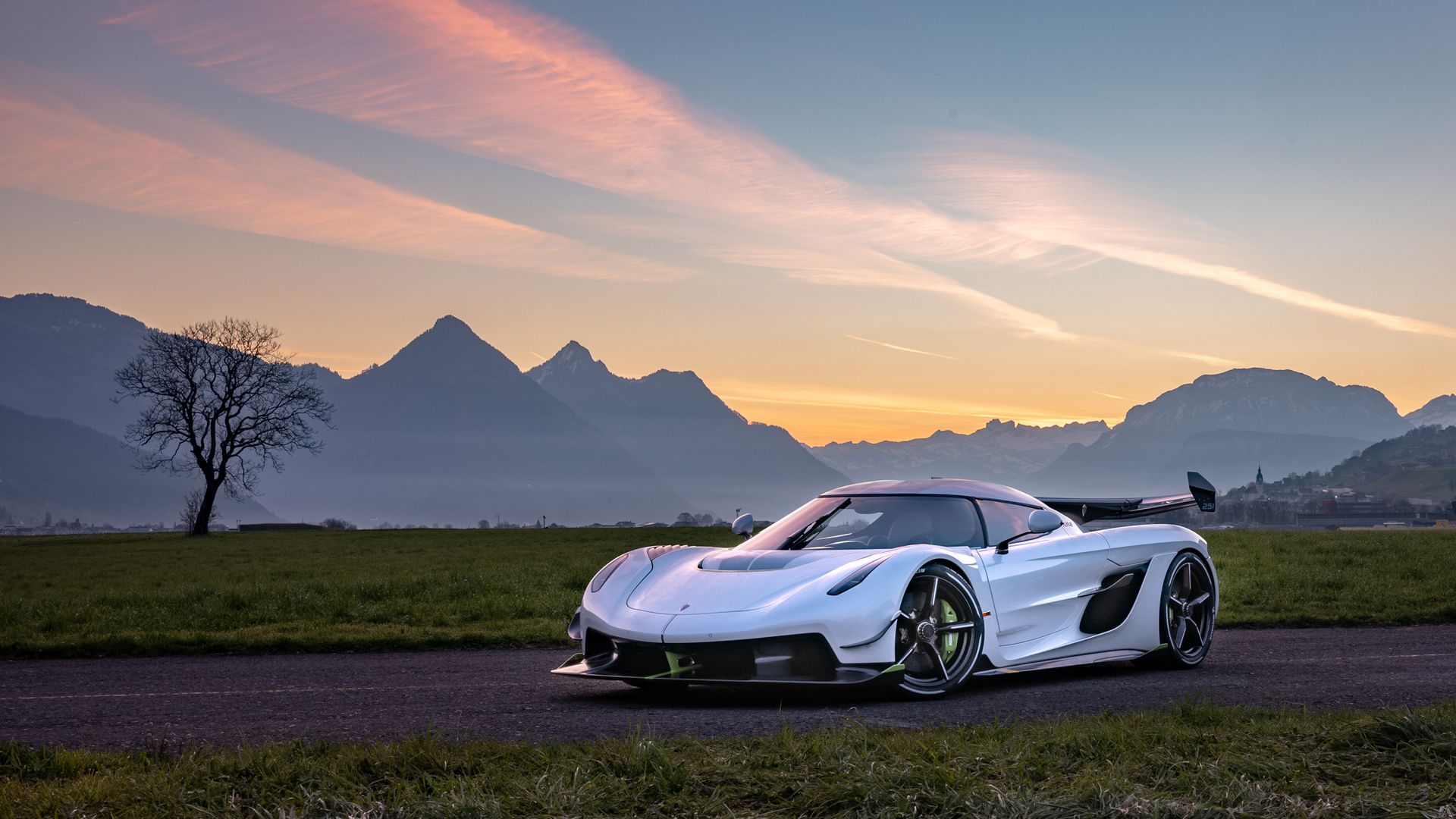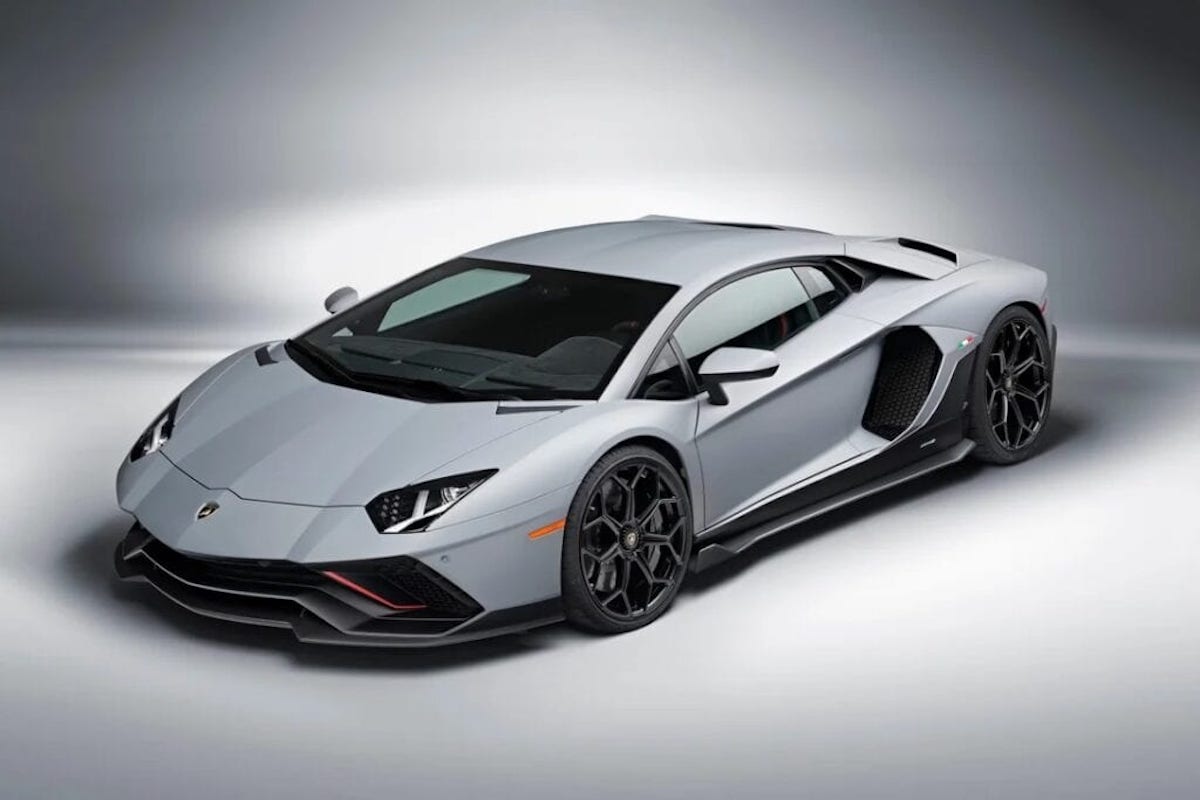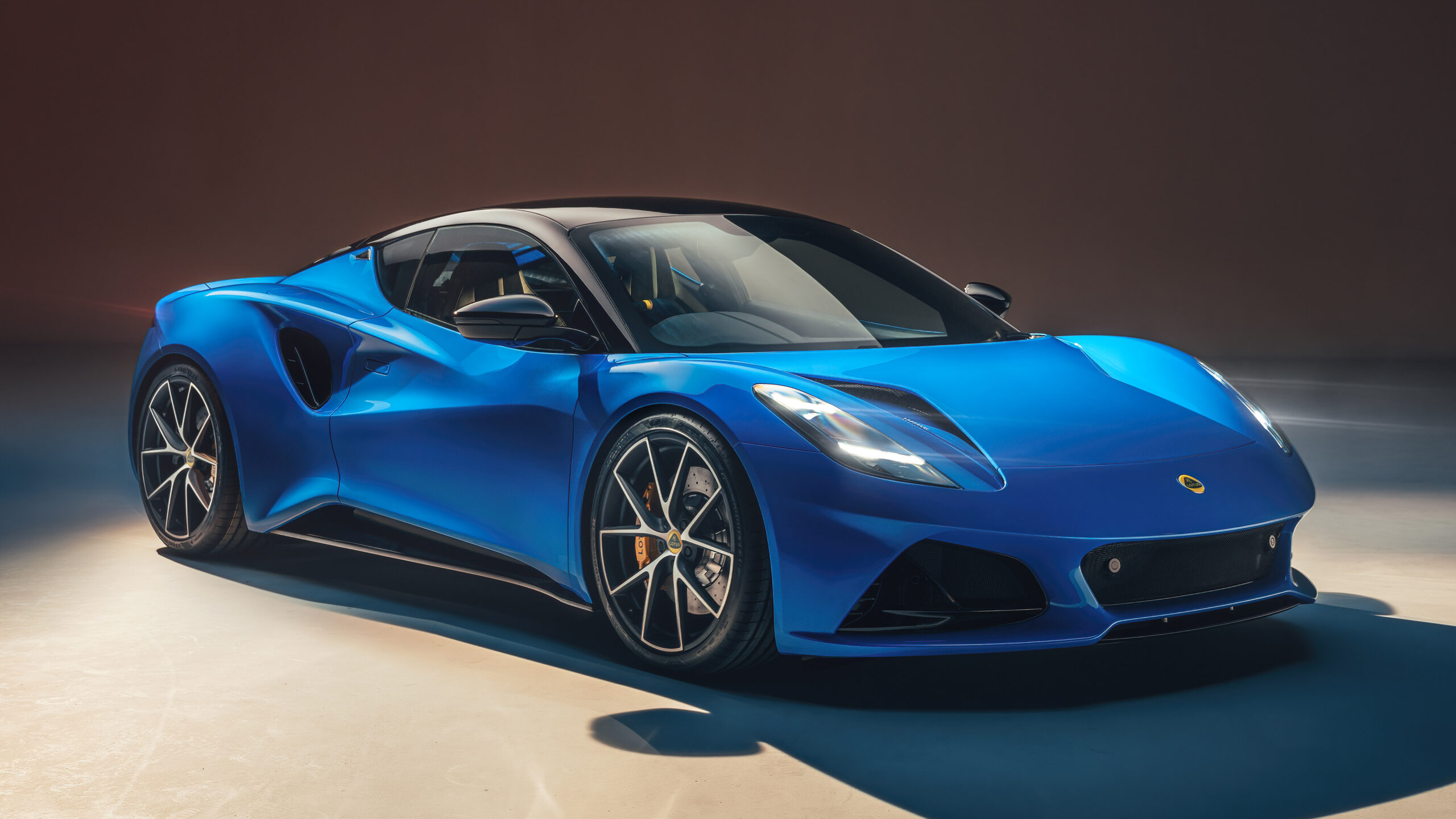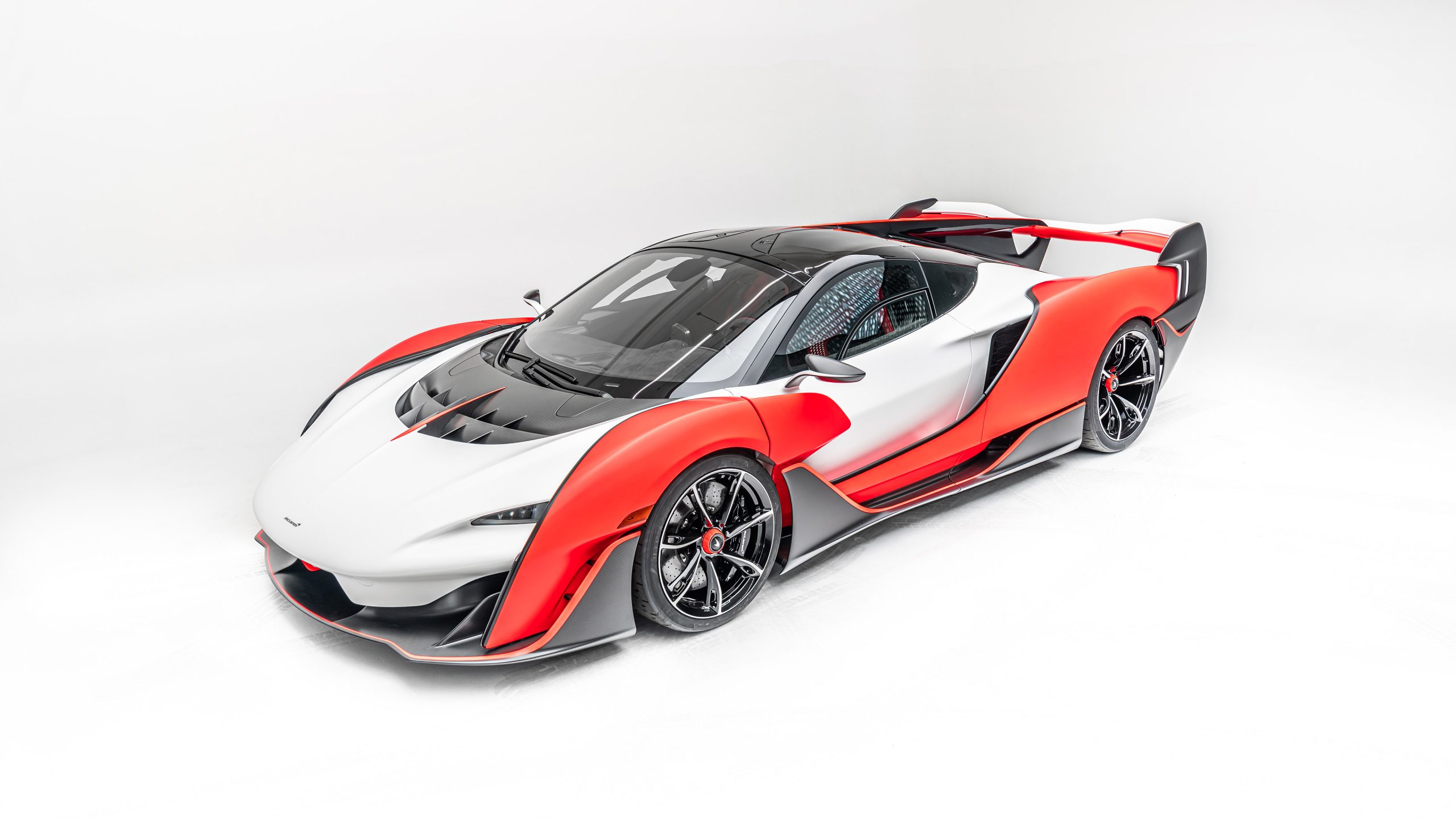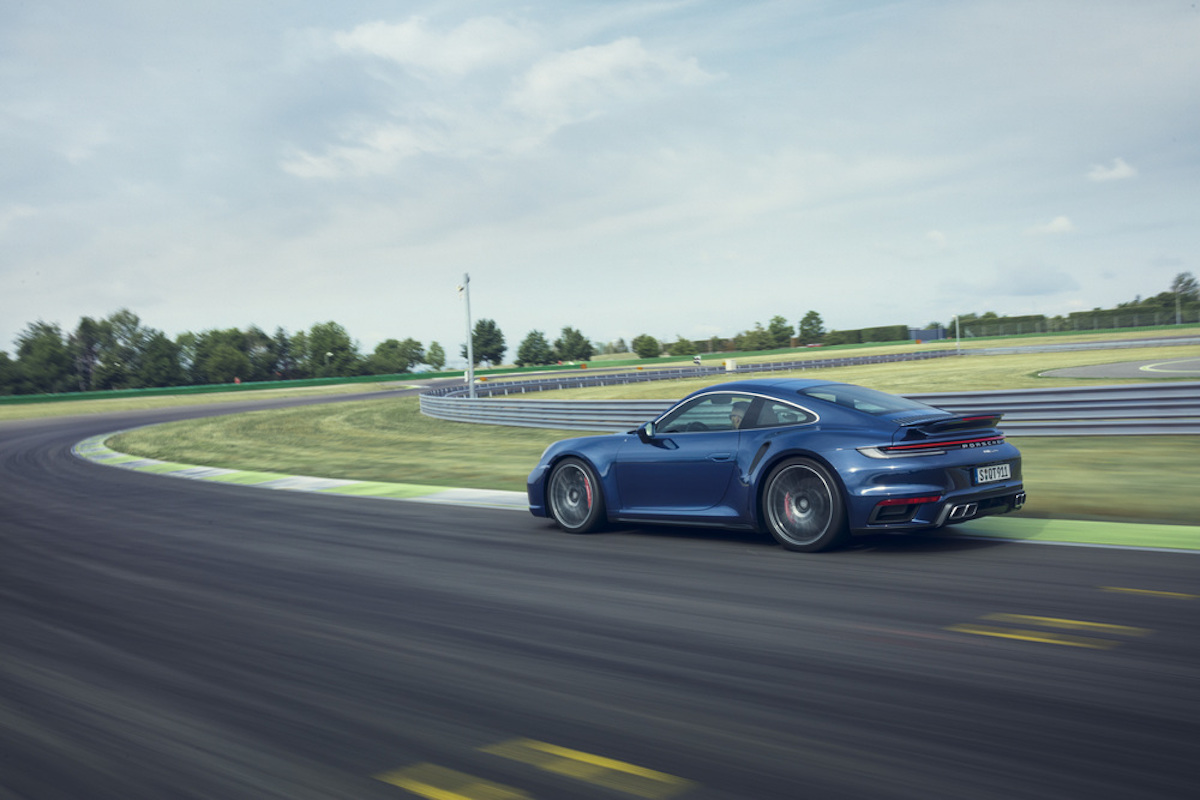Let’s all face facts here. Despite the fact that we all admire purely petrol-powered speed machines, the fact of the matter is that supercars, and for that matter pretty much all cars are going either mild hybrid or performance hybrid. Some of the most exciting new hypercars coming out in 2022 are fully electric, with no internal combustion engine at all. We’re in the middle of a revolution in automotive history.
However, as come the hybrids and electrics, so too go the ICE cars. While many in the supercar space have already moved to hybrid, and many major manufacturers have joined in on the unofficial “Green Promise” to be fully hybrid or electric by 2030, some cars are still in production, or coming, that are still powered by recycled dinosaurs.
Here are 8 of the best, as well as confirmed last, road-legal cars to use no electrical assistance at all in their engines or powertrains, a celebration of controlled explosions and loud noises!
Aston Martin V8 Vantage
The Aston Martin V8 Vantage, in its current form, started production in 2018 as a 2019 model year car. In a sort of parting shot at the future of hybridization, there are two engine options, both fuel hungry ones that make a lovely roar as you feed them more gas. The “standard” engine is a 4.0L Mercedes-AMG M177 twin-turbo V8 that smacks you in the face with 503 HP.
It’s the uprated, limited-to-88-units V12 Speedster model that is the big hurrah in terms of an ICE engine. A 5.2L behemoth known as the Aston Martin AE31, it uses two big turbos and a whole hell of a lot of dead dinos to give you 700 HP under your right foot. It is expected to be one of the fastest non-hybrid Aston Martin’s as well, possibly even faster than the DBS as it is a much more streamlined and lighter car.
The next two major cars that Aston Martin are releasing are the hybrid Valkyrie and Valhalla, both limited production models. As far as production cars, the Vanquish name is expected to quietly disappear, and the next Vantage, which is rumored to be announced after the Valhalla enters production in 2024, is expected to use a version of the Aston Martin F1 team hybrid system. This is not entirely a bad thing, as the dual-capture systems on F1 cars (MGU-H and MGU-K) allow for exceptional performance with minimal loss of energy, which means future Vantages will more than likely be more powerful that the current generation.
Bugatti Chiron
As announced recently at the Monterey Car Week in August 2021, the Bugatti Chiron is the last road-legal car that the company will make that is purely ICE powered. It is also the second to last car that the famed manufacturer will make that is powered by a W16 engine, with the track-only Bugatti Bolide being the swan song for the massive power unit.
The fact that the next Bugatti hypercar will be hybrid or very possibly fully electric is evidenced in one simple fact: Bugatti has, in the most technical of senses, been bought from VW by Rimac Automobili, and has merged with them to form Bugatti Rimac.
We say technically, because while Rimac now owns a 55% share of Bugatti, VW’s sub-brand Porsche owns the other 45%. So, technically, VW sold Bugatti then bought just under half of it back… It’s more confusing than it needs to be.
Still, with Porsche owning 45%, and having already released their own all-electric GT in the form of the Taycan, it can only be assumed that the next Bugatti will not be powered by gas. Also, with the combination of Rimac’s superb “t-spar” battery and electric control chassis component, Porsche’s and Bugatti’s excellence in materials and aerodynamics respectively, and in-house developed electric motors from all three, the next Bugatti promises to be one hell of a car. It’s even possible it could dethrone the Lotus Evija as the current hypercar power king with its 2,000 PS (1,974 HP).
Ferrari F8 Tributo
The fact that the Ferrari F8 Tributo is not a hybrid is, frankly, unprecedented. Development started way back in 2010 on the Italian company’s take on a performance hybrid system, which resulted in the Ferrari F140 FE V12 hybrid engine in the Ferrari LaFerrari. That hypercar, one of the first to be labelled with that moniker, produced 903 HP and used a hybrid motor to power the rear axle along with the V12.
After that, in 2019, the Ferrari SF90 Stradale, celebrating the 90th anniversary of the Scuderia Ferrari racing team, came out, more powerful and even faster than the LaFerrari. It uses a 4.0L twin-turbo V8, coded F154 FA, producing 770 HP, combined with three electric motors, one at each front wheel and one in the rear transaxle, to provide an extra 217 HP, for a combined 986 HP.
And then, in 2020, the Ferrari F8 Tributo started production and… it’s powered by a F154 twin-turbo V8, but at 3.9L and without the hybrid, coded as the F154 CG. It produces a monstrous 710 HP all on its own, and is probably the last Ferrari that will have the classic V8 screaming howl. With the SF90 being, as stated by the company itself, the basis for all future cars, we can only assume that whatever comes after the F8 will be a hybrid.
Keep in mind, the 812 Superfast could have qualified here as well, but it was released in 2018, while the F8 was released very late in 2019, so it technically is the last of the Ferrari pure-petrol cars that we know of.
Koenigsegg Jesko
Koenigsegg is one of those companies that is amazingly hard to read. Throughout the past few years, all you would hear about was Project 500, the “Dragon Cars,” and the like. And then, in 2020, out pops the Koenigsegg Gemera, a massively hybrid 2+2 GT car. Granted, it does have the Tiny Friendly Giant 2L 3-cylinder twin turbocharged petrol engine that chucks out a whopping 600 HP, but it uses three hybrid electric motors to bump its total power to 1,700 HP.
The Koenigsegg Jesko, on the other hand, is what was hiding under the Project 500 codename. There are two versions of the car, both of which are road-legal… barely. The Jesko itself is designed to be a monster performance car, with huge aerodynamic ducting, underbody venturi tunnels, and a GT wing that wouldn’t look out of place at Le Mans. All the aerodynamics, as well as the shape of the car, produce 1,400 kg (3,068 lbs) of downforce.
All this downforce-producing aero is needed because the Jesko’s engine is a 5.1L twin-turbocharged V8 that uses a flat-plane crankshaft, Koenigsegg’s own camless valve system, and is tuned to use E85 biofuel to produce a nigh-unbelievable 1,600 HP. And if you use regular recycled dinosaurs, you’ll still get 1,280 HP.
The more important of the two, however, is the Jesko Absolut. It is the entire reason the car was under the codename of Project 500. By removing the wing and using vertical stabilizer fins instead, as well as making all the aerodynamics as smooth as possible, the Absolut is designed to do one thing, a last hurrah for purely internal combustion engined cars: Break 500 KPH (310 MPH).
Through simulations, computer-aided fluid dynamics, and wind tunnel testing, if given enough room, running E85 biofuel, and set up in its most streamlined mode, it is estimated that the Jesko Absolut could reach 530 KPH (330 MPH). The only issue is that there are maybe one or two places on the planet where there is enough room for the car to go for it, and it would have to be an absolutely perfect day for the attempt.
Lamborghini Aventador LP780-4 Ultimae
Lamborghini, of all companies, is one of the major manufacturers at the absolute bleeding edge of hybrid technology. Believe us, we were surprised when we sat down and looked at who was pushing for performance hybrids the earliest. The Lamborghini Asterion concept was the first to really tease at it, a 2014 show car that was officially known as the LPI 910-4. LPI stands for Longitudinale Posteriore Ibrido, or Longitudinal Posterior Hybrid in English. 910 is the combined HP number. And the -4 denotes four wheels are powered.
From this car, the Lamborghini Sian FKP37 project came along, and it is the first limited production car to use a graphene-based supercapacitor, after a 3 year study done along with MIT graduate students. However, before the legendary Lamborghini V12 disappears, the Italian company announced the ultimate version of the Aventador.
Known as the Ultimae LP780-4, the last 600 cars from the Aventador model will feature a 770 HP version of the V12, similar to the one used in the SVJ model. It is streamlined, lightened, uses the absolute latest in carbon composites that Lamborghini has developed, and is stated to have a top speed of 221 MPH, 4 MPH more than the “standard” Aventador SVJ.
With the Aventador set to end production at the end of 2021, and the Huracan starting to wind down already, the future of Lamborghini flagship and production cars is anyone’s guess. However, it is known that the Aventador is the last V12, confirmed by their own press release for the Ultimae. As well, the latest limited production car, the Countach LPI 800-4, uses the LPI tag denoting a hybrid, meaning that we may never see the old LP tag again.
Lotus Emira
Lotus, while not a major manufacturer, is still highly regarded for the superb sports cars and supercar variants of their sports cars that they make. The Lotus Elise and the Lotus Exige are legendary lightweight drivers cars that may not have a whacking great V8 in the back, but can drive circles around pretty much any car that does.
This made it all the more surprising when in 2017, Lotus announced that they were going to make the most powerful, the fastest, and the most extreme electric hypercar. Lo and behold, four years later, in 2021, the Lotus Evija had finished prototyping, and it lived up to their announcement. It is the most powerful limited production car ever made with 1,974 HP, through four electric motors, one per wheel. It is extreme in that it will get you to 60 MPH from a dead stop in a hair over 2 seconds, and it will sail past 200 MPH while still accelerating hard.
However, with a limited production of 130, and each car losing money even at $2.8 million USD per, the company needs to keep producing what it is known for throughout its history. Enter the Emira, Lotus’ love letter to internal combustion. Styled as classically Lotus as possible, while also taking some influence from the Evija, the Emira will replace the Evora, Exige, and Elise models when it is released in the summer of 2022.
It is also classically Lotus in that it is lightweight at 1,405 kg (3,097 lbs), and comes with both an inline-four and V6 engine option, both using some form of forced induction, planted right behind the cockpit of this road missile. Handling is already reported to be Lotus-sharp, and many customers have already put down deposits sight-unseen on the car, based entirely on the fact that this is Lotus’ last petrol car.
For the engines, the inline-four is a 2.0L AMG Mt39 turbo, an extremely advanced engine that can produce up to 416 HP, but will be set to 382 HP in the Emira. The V6 will be a 3.5L Toyota 2GR-FE supercharged unit, which was used in the Exige Cup 430. With assistance from TRD, that engine produced 430 HP, and propelled the car to 60 MPH in a touch under 3.3 seconds. Similar performance can be expected with the Emira.
McLaren Sabre
McLaren’s skunk works, McLaren Special Operations, is fast becoming the department of the company that we think has the most fun. A predecessor version was assembled to make the McLaren F1 in the early 1990s, and when McLaren formally entered road car production with the MP4-12C, some of the best and brightest were taken aside again and formed MSO. They have been responsible for most of McLaren’s greatest hits in the last 15 years, including the P1, the Senna, and the Speedtail, the official successor to the McLaren F1.
So when, in December of 2020, McLaren Special Operations announced that there was a US-only new supercar coming, many ears and wallets perked up. Called the Sabre, the supercar will be based off of the McLaren Ultimate Vision Gran Turismo, which was a completely virtual design exercise to be put into the Playstation game Gran Turismo Sport. Only 15 units will be made, and each sold prototype-unseen because MSO, so far, has hit every performance and vehicle design goal they’ve set.
The car will use the same carbon fiber monocoque as the McLaren Senna, and will be powered by a tuned version of that car’s 4.0L M840TR twin-turbo V8. With the original engine producing 790 HP, the Sabre will get 824 HP, and be much more aerodynamically streamlined compared to the Senna, which was a car designed for downforce.
The future of McLaren’s cars is already known, with the McLaren Artura announced as the replacement for the mainstream 570S and 600LT cars. The Artura will use a mid-mounted twin-turbo V6 producing 580 HP, with a mild-hybrid assist of about 100 HP at the transaxle, and all other production replacements are expected to follow the mild-hybrid or massively-hybrid routes.
Porsche Type 992 911 Turbo S
The only truly unknown on this list of supercars, the Porsche Type 992 911 Turbo S is the most powerful Turbo model ever released by the German manufacturer, at 641 HP from a 3.8L twin-turbo flat-six. It delivers the trademark Porsche burble at idle, and howls through the upper revs with wild abandon, behavior befitting a well-designed engine.
The uncertainty about Porsche’s future comes from the fact that the 911 customer base, in general, prefers the petrol-powered engine. When Porsche went from air-cooling to water-cooling for the engine in the late 1990s, it quite literally split the customer base in two. Some considered the 911 as a dead car, with the only “true” models being air-cooled. Others accepted the benefits that water-cooling brought along, including being able to push more power from the engines.
By turning the 911 into a hybrid, that same split could happen again. However, there is also the possibility that the 911 might join the Taycan and become a fully electric car, which could potentially start World War 3 from the expected reaction some customers would have. This is evidenced by the same reason that Bugatti’s next car may be fully electric: Porsche owns 45% of Bugatti Rimac.
Without putting too much speculation out there, as a company, you don’t invest that heavily, buy up that much of a new company, unless you are expecting a massive return on investment. That return is very likely going to be in powertrains, as Rimac has cemented itself as one of the premier suppliers of batteries and electric control units for supercars and hypercars. If Porsche can somehow balance the car so that it still is rear-heavy, all-wheel-drive, and be as stupidly fast as the current 911 Turbo S is, there is hope. It will just require Porsche customers to accept that the internal combustion engine has had its day, which, knowing the average Porsche customer, will be a hard, bitter pill to swallow.
The post The End of Their Eras: Cars That Represent The last All-ICE Vehicles Made by Their Manufacturer appeared first on Supercars.net.

